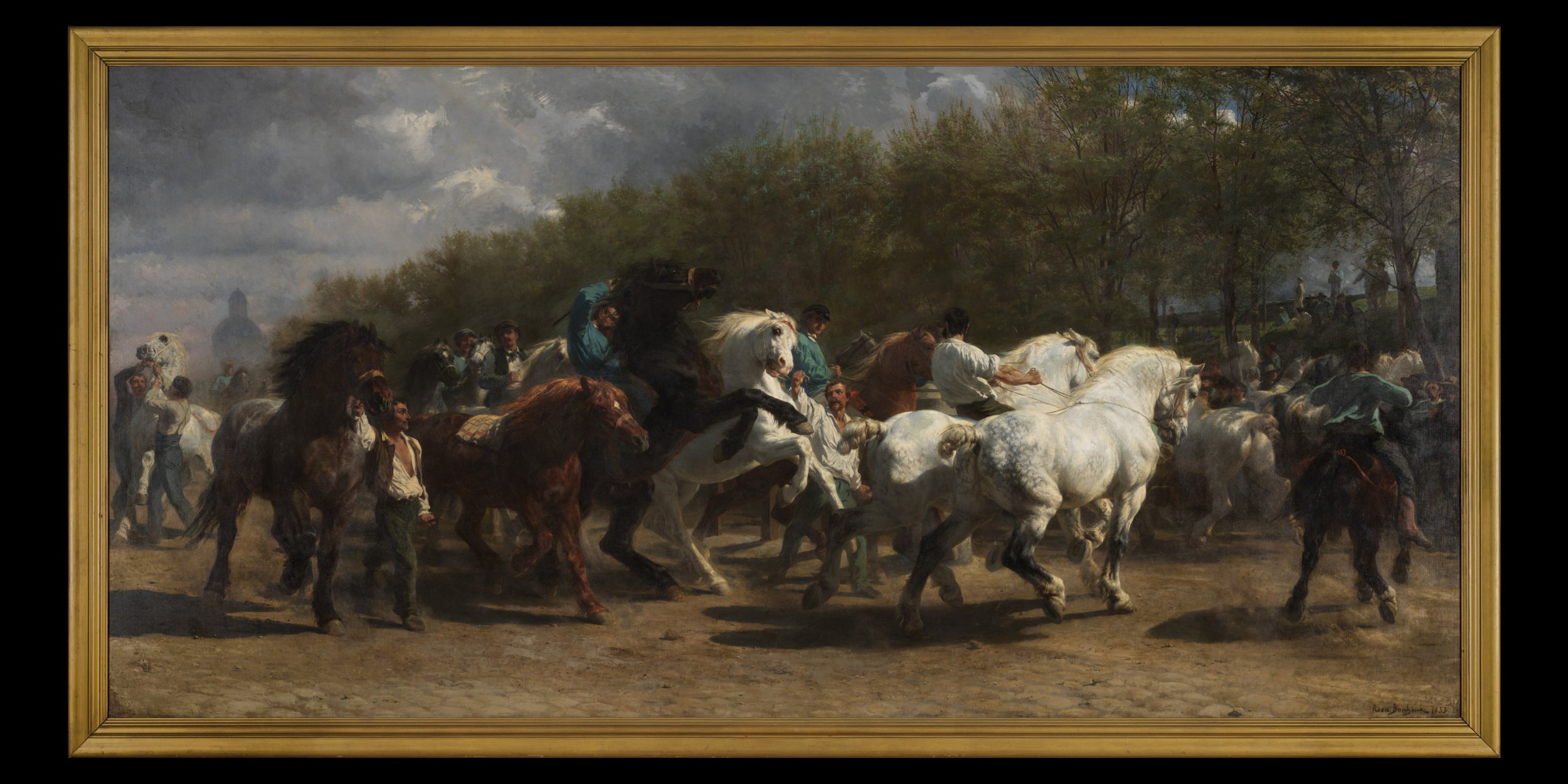THE TRADITION OF MASTER COPY DRAWING
“It is at the museum that one learns to paint.” — Pierre-Auguste Renoir
EACH MONDAY, we explore great art collections, museums and the grand study of master copy. This time-honored old-world studio discipline affords us the opportunity to stand in the proverbial shoes of great European masters to expand our own visual comprehension and shape our craft.
This traditional way of learning is as old as western art itself. For centuries, studio apprentices learned their craft by imitating studio masters just the same way aspiring musicians studied great musical composers. It didn’t stop there. Seasoned masters, including Peter Paul Rubens, likewise stretched the range of their artistic voices by studying and copying the works of other masters. During his trip to Rome in 1601-1602, Rubens compiled an extensive collection of sketches and drawings based on the paintings of Michelangelo, as well as various classical sculptures.
Today, great collections and resources can offer us the same exciting privilege to solve visual puzzles through the time-honored studio practice called master copy. This process of learning by example allows us to stretch beyond our comfort zone to iron out solutions to complex visual challenges that are so eloquently demonstrated by great masters. From there, we springboard into our own unique artistic voice.
Master copy drawings are for our personal use only as we respectfully offer all credit to the original author of the composition and work. In my opinion, there is no better avenue for intimate acquaintance with our great artistic forefathers.
I encourage all to join the ongoing pilgrimage to these iconic collections to see, imagine and visualize the actual hand process of these great masters yourself. No digital reproduction, regardless of its high resolution, can replace seeing the original physical work. My favorite collections include the Louvre, Musee d’Orsay, the Metropolitan, the State Hermitage, the National Galleries of Washington and London, the Mauritsuis, Rijksmuseum, and, of course, many others. Enjoy being part of this great artistic heritage.
Our weekly atelier program features this traditional practice for all entrants to enjoy.
Mark Anthony
LIST OF classroom master copy studies
recently POSTED ON THIS WEBSITE
16C Raphael Sanzio - Three Male Figures in Attitudes of Terror - Devonshire Collection
16C Giambologna - Euphrates (Sculpture) - RISD Museum, Rhode Island
17C Jacob van Ruisdale - Windmill of Wijk bij Duurstede - Collection of the Amsterdam Museum
17C Jacob van Ruisdale - Winter Landscape with Two Windmills - Private Collection - Museum of Fine Arts Boston
17C Diego Velazquez - Portrait of Juan de Pareja - Metropolitan Museum of Art
17C Pierre Legros the Elder - Drapery detail from “Spring'“ and “Autumn” (Sculptures) - Louvre Museum
18C Etienne Maurice Falconet - Milo of Croton (Sculpture) - Louvre Museum
18C Jacques-Augustin Pajou - Bacchante holding a tambourine, with two children - (Detail of Sculpture) Louvre Museum
19C Jules Breton - La laitiere - Whereabouts unknown
19C Charles Bargue - Various Study Plates - Bargue-Gerome Drawing Course
19C Rosa Bonheur - Horse Fair Detail Study
FEATURE ARTIST
ROSA BONHEUR
1822 - 1899 France
You can’t overlook this amazing eye catch in the Metropolitan of Rosa Bonheur. This amazing artist was a realist in visual expression and candid observation. And, by the complexity of this massive work, she was definitely not a cake-walker. Her compositions progressively expressed complex, active gestural scenes involving powerful domestic and wild animals including horses, oxen, lions, cats, dogs, etc. She was not easy on herself, as you will experience as you draw subjects from this amazing work. Thankfully it hangs just around the corner in the Met.
Rosa was a self-willed accomplished painter most widely appreciated for her animal portraits. She dominated the salon with her animal subjects in a variety of cultural scenes. There is no denying that human subjects are secondary to the amazing natural wonders that surrounded her existence in the countryside of France. Take note of her exquisite awareness of accurate anatomy and the poetic movement of these nervous animals. I think comparatively with the Marly Horses of Coustou at the Louvre with admiration and enduring wonder as I contemplate the artist’s composition. Bravo, Rosa. Challenge yourself to a treat, folks. You will surely enjoy this one.
Classroom Master Copy Study after Rosa Bonheur - Horse Fair
THE METROPOLITAN MUSEUM
The Metropolitan Museum of Art, NY, is at the top level on my very favorite art collections lists. I encourage you to brows through the beautiful online resources. Better yet, inspire yourself with a personal visit. Under the direction of Philippe de Montebello, the museum was turned into one of the primary art collections of the world. I love the museum’s outreach attitude. It is a fine credit to the ongoing evolution of artistic appreciation and achievement. Go there! You won’t be disappointed.
ROSA BONHEUR - The Horse Fair - 1855
Open Access - Public Domain Image - The Met Collections






